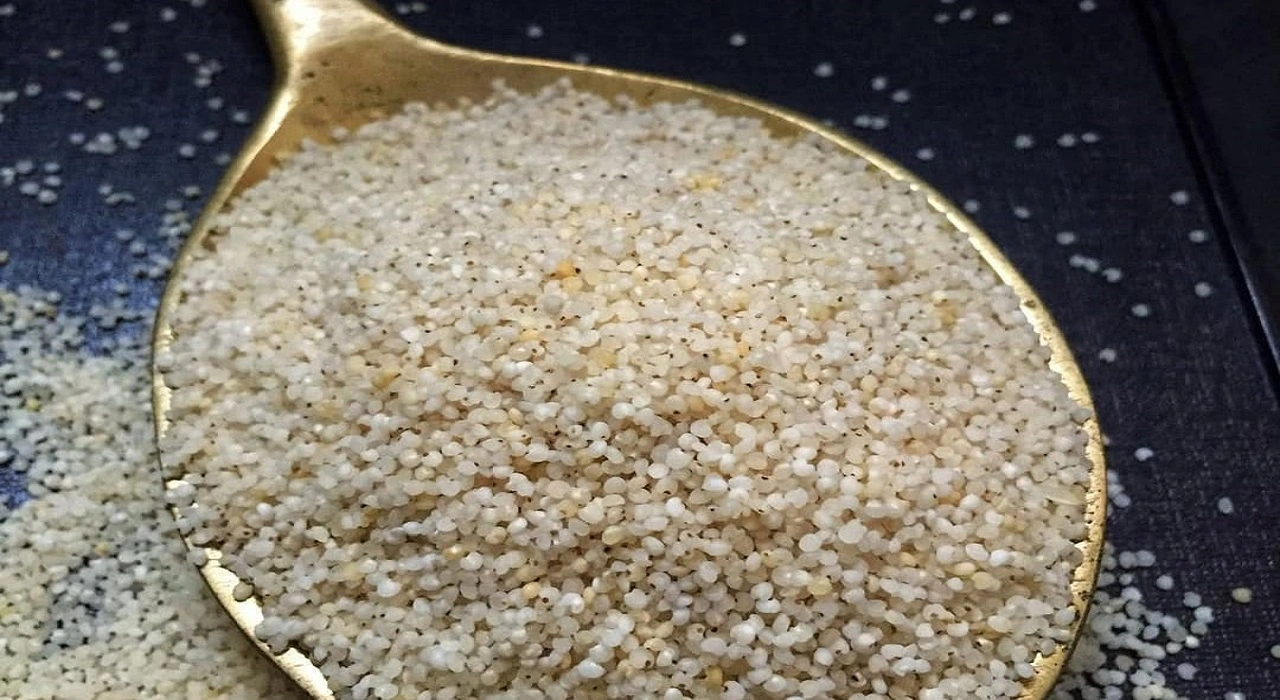Introduction
In recent years, millets have gained popularity for being nutritious, gluten-free alternatives to rice and wheat. Among the lesser-known but equally powerful millets is barnyard millet. This tiny grain, packed with essential nutrients and health benefits, is making its way into the diets of health-conscious people across the globe.
In this article, we’ll explore what millet is, its many uses, health benefits, how to include it in your diet, and why it deserves a permanent spot in your kitchen.

What is Barnyard Millet?
Millet, also known as Sanwa or Echinochloa frumentacea, is one of the fastest growing millet varieties. It has been cultivated in India and other Asian countries for centuries, especially in hilly and tribal regions. The grains are tiny, light in texture, and white to gray in color, resembling broken rice.
This millet is gluten-free and ideal for people with wheat allergies or celiac disease. It is also known for its high fiber content, low glycemic index, and excellent digestibility.
Nutritional Value of Barnyard Millet
Barnyard millet is a powerhouse of nutrition. A 100g serving of barnyard millet contains:
- Calories: 300–350 kcal
- Protein: 11g
- Dietary Fiber: 10g
- Carbohydrates: 55g
- Fat: 3g
- Iron, calcium, magnesium, and B vitamins
What makes millet stand out is its low carbohydrate content compared to other cereals, making it a perfect food choice for diabetics and those on low-carb diets.
Health Benefits of Barnyard Millet
1. Helps Manage Diabetes
One of the most important health benefits of barnyard millet is its low glycemic index, which helps control blood sugar levels. It releases glucose slowly into the bloodstream, reducing sudden spikes and crashes.
2. Aids in Weight Loss
Barnyard millet is high in dietary fiber and low in calories. This combination keeps you full for longer, reduces hunger pangs, and helps in weight management.
3. Improves Digestion
Being rich in both soluble and insoluble fiber, millet supports a healthy digestive system. It promotes regular bowel movements and reduces problems like constipation and bloating.
4. Boosts Heart Health
The magnesium and potassium in millet help in maintaining healthy blood pressure and reducing the risk of cardiovascular diseases. Its high fiber content also lowers bad cholesterol levels.
5. Strengthens Bones
Barnyard millet contains good amounts of calcium and phosphorus, which are essential for bone strength and development. It can be a great food choice for growing children and aging adults.
6. Gluten-Free and Anti-Allergenic
For people with gluten intolerance, millet is an excellent alternative. It does not contain gluten and is less likely to cause allergic reactions compared to wheat or barley.
7. Provides Instant Energy
Thanks to its complex carbs and high iron content, millet is ideal for boosting energy, especially for athletes, children, and busy professionals.
Uses of Barnyard Millet
Barnyard millet can be used in a variety of delicious dishes. Here’s how you can include it in your daily meals:
1. Barnyard Millet Rice
Cook millet like rice and use it as a base for curries, dals, or stir-fries. It’s fluffy, light, and easy to digest.
2. Porridge or Kheer
Cook it with milk, jaggery, and dry fruits for a healthy breakfast or dessert option.
3. Upma or Khichdi
Millet can be used in place of semolina or rice in Indian dishes like upma and khichdi. It pairs well with vegetables and spices.
4. Dosa or Idli Batter
Mix millet with urad dal to make soft, nutritious dosas and idlis.
5. Snacks and Energy Bars
Use millet flour to prepare healthy snacks like cutlets, muffins, or homemade energy bars.
How to Cook Barnyard Millet
Here’s a simple way to cook barnyard millet:
- Rinse 1 cup of barnyard millet thoroughly.
- Soak it for 30 minutes (optional for better texture).
- In a pot, add 2.5 cups of water and the millet.
- Bring to a boil, then reduce heat and simmer until the water is absorbed (about 15–20 minutes).
- Fluff with a fork and serve.
Why You Should Add Barnyard Millet to Your Diet
Adding barnyard millet to your meals is an easy way to increase nutrient intake without compromising on taste or convenience. Whether you’re looking to lose weight, control diabetes, or simply eat more mindfully, barnyard millet can be your go-to grain.
Its versatility, health benefits, and sustainability make it an ideal food for modern lifestyles.
Frequently Asked Questions (FAQs)
Q1. Is barnyard millet good for diabetics?
Yes, millet has a low glycemic index and helps regulate blood sugar levels, making it suitable for diabetics.
Q2. Can millet be eaten daily?
Absolutely. It can be safely included in your regular diet in various forms like rice, porridge, or snacks.
Q3. Does millet cause gas or bloating?
No, millet is easily digestible and actually helps improve gut health due to its high fiber content.
Q4. Is millet good for weight loss?
Yes, it is low in calories and high in fiber, which promotes satiety and supports weight loss efforts.
Q5. Where can I buy millet?
It is available at health food stores, organic stores, and online marketplaces in both grain and flour forms.
Conclusion
Barnyard millet is a hidden gem in the world of healthy grains. With its rich nutritional profile and multiple health benefits, it’s time to make this millet a part of your balanced diet. Whether you want to control your weight, manage diabetes, or simply eat healthier, barnyard millet is a smart, tasty, and sustainable choice.
Start experimenting with barnyard millet today and give your meals a wholesome, nutritious twist!